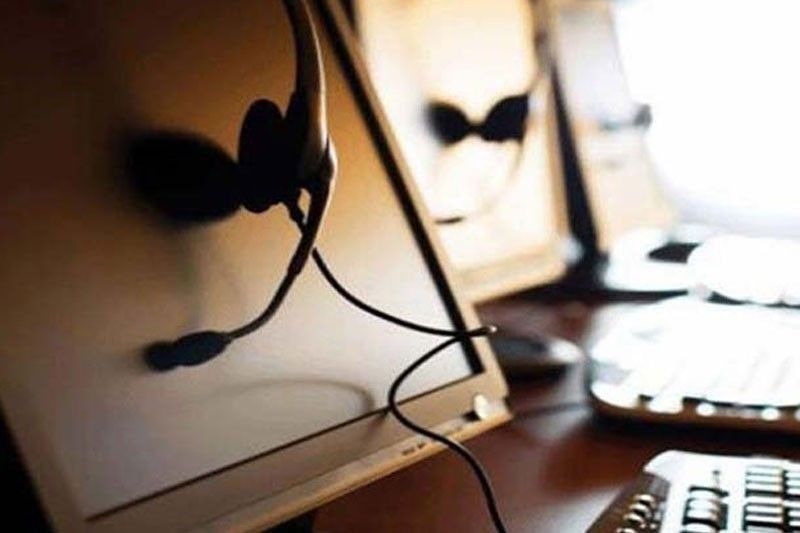Online child sex exploitation spikes by 264% in lockdown

MANILA, Philippines — During this state of public health emergency, the Department of Justice-Office of Cybercrime (DOJ-OOC) reported that there has been a 264.63 percent increase in the number of reported online sexual exploitation of children (OSEC) in the country.
DOJ Undersecretary Markk Perete, who is in charge of the OOC, said from March 1 to May 24, when the country was placed under a state of public health emergency because of the coronavirus disease 2019, the department observed an increase of 264.63 percent, or more than 202,605 reported incidents of OSEC compared to the same period last year.
In total, for the same period from March 1 to May 24, 2019 there were 76,561 reports received, compared to 279,166 reports received this year.
As a breakdown, for March, there were 23,465 reported incidents last year, compared to the 132,192 reported incidents this year; for April, there were 24,147 reported incidents last year, compared to 53,882 incidents for the same month this year; and for May 1 to 24, there were 28,949 reported incidents in 2019, compared to 93,092 reported incidents this year.
According to the DOJ-OOC report, “The aforesaid increase in NCMEC-CTR (National Center for Missing and Exploited Children-CyberTipline Report) is attributed to the fact that during the enhanced community quarantine, strict home quarantine is observed in all households, and internet usage surges as people stay home.”
The DOJ-OOC said these reports are evaluated and assessed and if found actionable, these would be endorsed to the law enforcement agencies such as the National Bureau of Investigation-Anti-Human Trafficking Division and the Philippine National Police-Women and Children Protection Center for further investigation and appropriate action.
However, the DOJ-OOC clarified that not all the reports received by the NCMEC-CTR are categorized as actual cases of OSEC in the country “as these are merely made available to the appropriate law enforcement agency for further review and potential investigation.”
It added that there are instances when there are viral photos/videos or identical potential OSEC materials shared by several electronic communication service providers’ users that lead to the generation of multiple NCMEC-CTRs with the same content.
There are also misleading digital images for instance of nude photos of children that were generated by their parents or relatives in good faith, where the children are not engaged in real or simulated explicit sexual activities nor lascivious exhibition of private parts of the body.
To strengthen the monitoring and campaign against OSEC, Perete said there is a need to tap internet service providers (ISP) such as Globe Telecoms and Smart Communications.
“Technological solutions need to work alongside legal and policy in order for the Philippine government to effectively and efficiently combat OSEC,” Perete said.
Last March 11, the DOJ-OCC met with ISP companies and reminded them of their duties to install available technology, program or software to ensure that access or transmittal of any form of child pornography would be blocked or filtered pursuant to Republic Act No. 9775 or the “Anti-Child Pornography Act of 2009.”
Unfortunately, 11 years after passage of the law, the DOJ-OOC said ISP companies continue to be remiss in their duties.
But Perete expressed confidence that the ISP companies would be more proactive and comply with the law.
“We are confident that ISPs will voluntarily comply with the law requiring them to install technology that will block or filter out materials that exploit children. They know that such a legal obligation is automatically read into their franchises and permits to operate. And they realize, more than anyone, that without such technology, this trend of victimization of children who are the most vulnerable among us will remain unabated,” the DOJ official added.
- Latest
- Trending






























